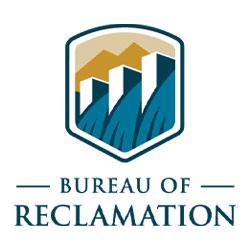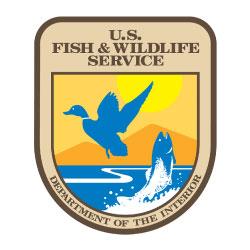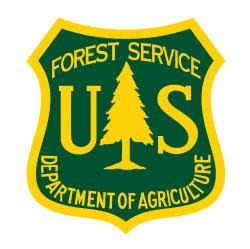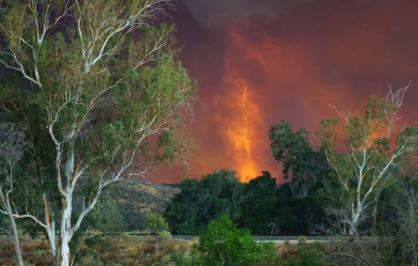
Healing fire scars and removing excess fuels
The threat of intensifying western wildfires did not build up overnight.
The conditions driving today’s catastrophic wildfires developed over decades of residential and commercial development, insect damage and suppression of natural fires.
Stoked by drought and higher temperatures, future wildfires will continue to threaten forests, communities and wildlife populations throughout California and other western states. The tools and tactics needed to mitigate these growing risks will evolve over time.
Urgent action must be taken now, however, to reduce fuel loads in high-risk areas and heal fresh fire scars before hot-burning invasive plants take hold. Conservation investments here won’t just benefit the wildlife and people living in these forested mountains — they will also safeguard headwaters of rivers that supply drinking water to millions of people living downstream.
In 2022, NFWF awarded a grant of nearly $220,000 to American Forests to reforest 500 acres scorched by the 2022 King Fire in California’s Eldorado National Forest. Crews there will plant a mix of native conifer trees in ways that support forest resilience and restores biodiversity. Comparison plots at the site will help American Forests advance climate-smart strategies regarding the selection of tree species, sites and spacing.
NFWF also awarded a grant of $470,000 to the Mule Deer Foundation to reduce fire risk across an additional 650 acres of mixed conifer forests in Eldorado National Forest. Crews there will use chainsaws and “mastication” machinery to mulch midstory and understory fuels. These machines can return a section of forest to a more natural, less overgrown state. This thinning of so-called “ladder fuels” can reduce the risk of wildfires climbing into a forest’s canopy and roaring across entire landscapes.
This more open forest also strongly benefits a range of wildlife species, from mule deer to California spotted owls.
Related Content

Next: South Carolina Marshland
Investing in coastal resilience where it does the most good
Learn More








